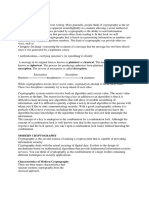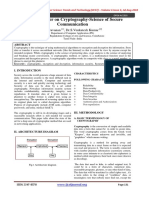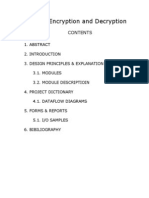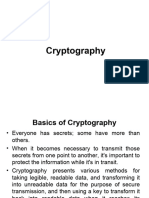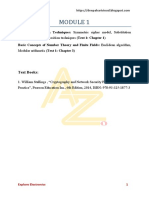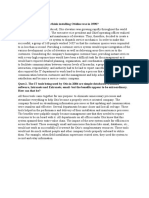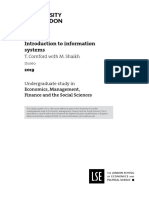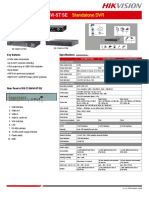0% found this document useful (0 votes)
29 views7 pagesCryptography Concepts and Techniques-Introduction Draft
The document provides an introduction to cryptography, covering key concepts such as plaintext, ciphertext, encryption, decryption, and the distinction between symmetric and asymmetric key cryptography. It explains the historical context and the importance of cryptography in securing data against unauthorized access, as well as the techniques of cryptanalysis used to decode messages. Additionally, it discusses modern cryptography's reliance on mathematical principles and the characteristics that differentiate it from classical approaches.
Uploaded by
Fur BeastCopyright
© © All Rights Reserved
We take content rights seriously. If you suspect this is your content, claim it here.
Available Formats
Download as PDF, TXT or read online on Scribd
0% found this document useful (0 votes)
29 views7 pagesCryptography Concepts and Techniques-Introduction Draft
The document provides an introduction to cryptography, covering key concepts such as plaintext, ciphertext, encryption, decryption, and the distinction between symmetric and asymmetric key cryptography. It explains the historical context and the importance of cryptography in securing data against unauthorized access, as well as the techniques of cryptanalysis used to decode messages. Additionally, it discusses modern cryptography's reliance on mathematical principles and the characteristics that differentiate it from classical approaches.
Uploaded by
Fur BeastCopyright
© © All Rights Reserved
We take content rights seriously. If you suspect this is your content, claim it here.
Available Formats
Download as PDF, TXT or read online on Scribd
/ 7





















